The new year is a great time to experiment with fermenting. Preserving vegetables in a fresh, fun and delicious way is also surprisingly good for you, says Caroline Gilmartin.
What is fermented food?
Fermenting is a healthy way to preserve foods to enjoy out of season. Foods such as vegetables and fruits are commonly fermented which often enhances their flavour and nutritional value.
Learn how to ferment vegetables with our expert fermentation guide, plus find easy recipes.
What is the history of fermentation?
In the British Isles, we have a long tradition of using vinegar and sugar to preserve fruit as jams, relishes and chutneys. However, unlike Eastern European and Asian cultures, we have been late to fermenting vegetables.
These days, you may spot kefir in the yoghurt aisle at the supermarket, kombucha in fashionable bars and kimchi and sauerkraut at farmers’ markets, but often at eye-watering prices. It’s worth making your own fermented foods, especially as more than half the calories in the average British diet are derived from ultra-processed products.
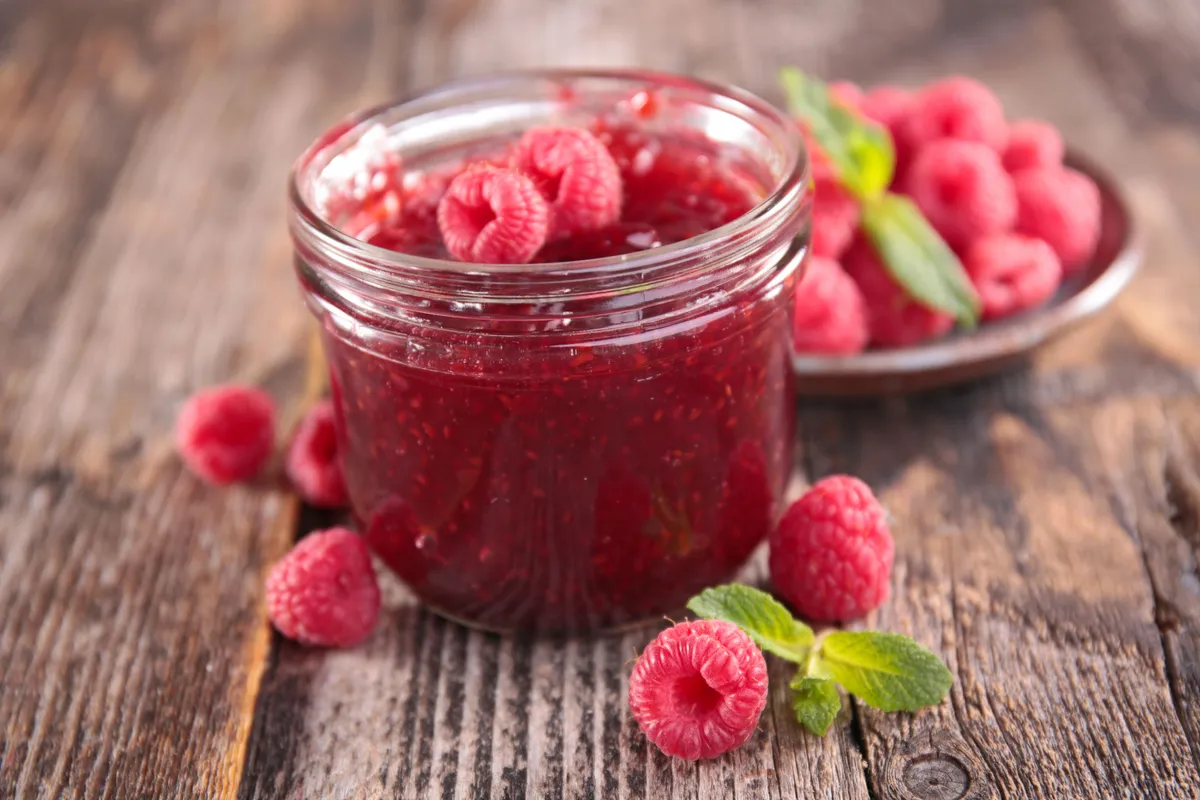
What is fermentation?
Fermented foods have been altered by the action of ‘friendly’ bacteria and/or yeasts, usually with a little help from us. Wild fermentation occurs when we let the bacteria that are naturally present on vegetables do the work. Lactic acid bacteria (LAB) feed on the nutrient source and in the process create lactic acid, which acts as a preservative. Meanwhile, they produce a host of vitamins, minerals and bioactive compounds, and manage to be delicious, too.
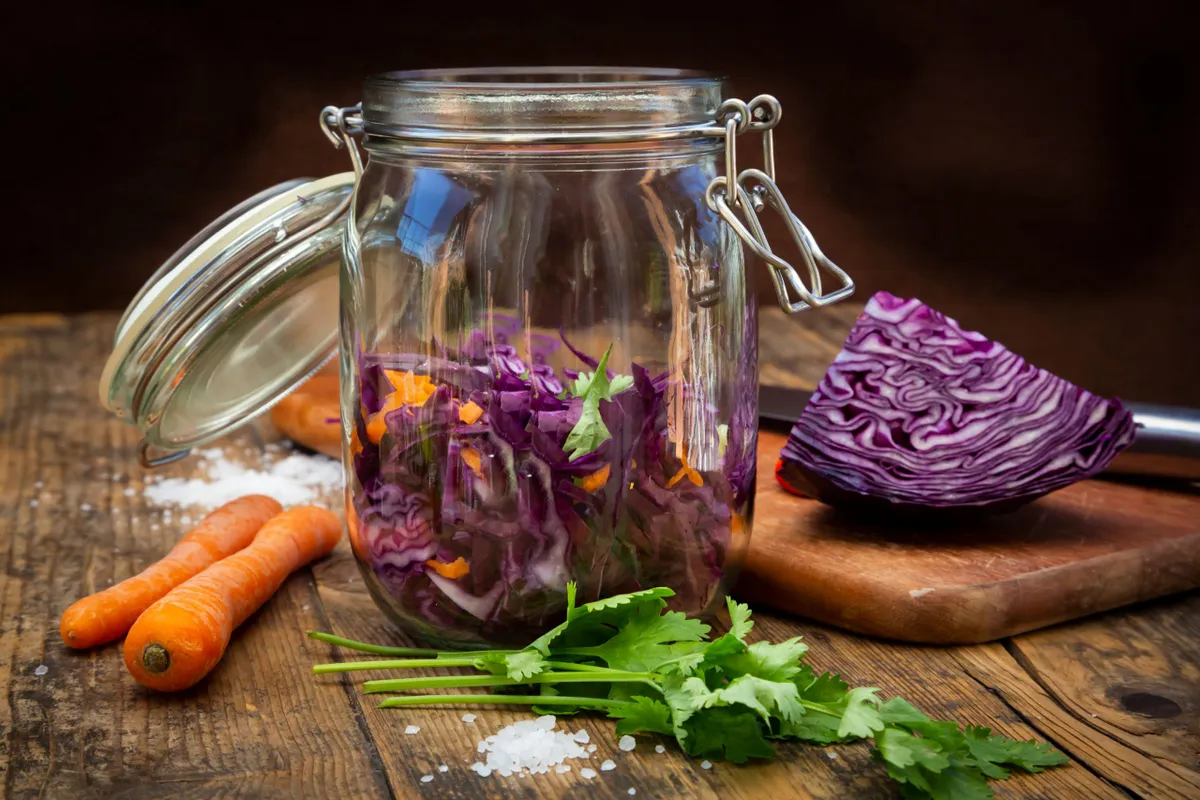
What are the health benefit of fermenting?
Fermented foods are rich sources of probiotics, which make your gut microbes work much more efficiently. Gut bacteria are involved in a spectacular array of bodily processes, ranging from stimulating your immune system and influencing your moods to boosting your energy levels, heart, liver and kidney function.
Our ancestors were well aware of the benefits of this natural phenomenon. The Chinese builders of the Great Wall and Captain Cook’s sailors were all kept alive through harsh winters or on stormy seas by daily helpings of sauerkraut (fermented cabbage).
How to ferment vegetables
With some simple guidelines, you can have your first vegetable fermentation up and running in just 10 minutes.
The process is straightforward, supporting the growth of helpful bacteria and suppressing the pathogens (bad bacteria). This involves three steps, with lactic acid bacteria doing the rest.
1. Add salt to help the LAB grow and to stop pathogens. (The LAB produce lactic acid and CO2, lowering the pH, which prevents pathogens growing. Increasing numbers of LAB crowd out pathogens by competing for food.)
2. Exclude all the oxygen from your ferment to help the LAB flourish, while stopping moulds from growing.
3. Wait, while keeping a close eye on your ferment, but not opening it. Should any mould develop (unlikely
if you follow the instructions), it’s best to start again as some moulds produce toxins.
What equipment do you need for fermenting?
Fermenting vegetables requires minimal kit: a Kilner or large jar, with a way of keeping your vegetables submerged and away from the air, which could be as simple as adding a weight (such as a plastic bag filled with brine) to the top of the jar. Purpose-made fermentation vessels can make the process even easier.
Choose fresh, local vegetables to ferment, and always taste them first; if something tastes bitter raw, it will just be bitter and fermented afterwards. Opt for a mineral-rich variety of sea salt, such as Maldon. Avoid table salt; if it’s all you have, your fermentation will work, but it can add a slightly bitter taste.
How to seal your ferment: four systems
- Jar with a SteriKAP, which includes a plastic disc to submerge veg
- Kilner jar with a smaller jar added to the top
- Any old jar with a bag of brine and a rubber band
- Vacuum-sealed bag
Best fermented vegetable recipes
Fennel, red and white cabbage sauerkraut
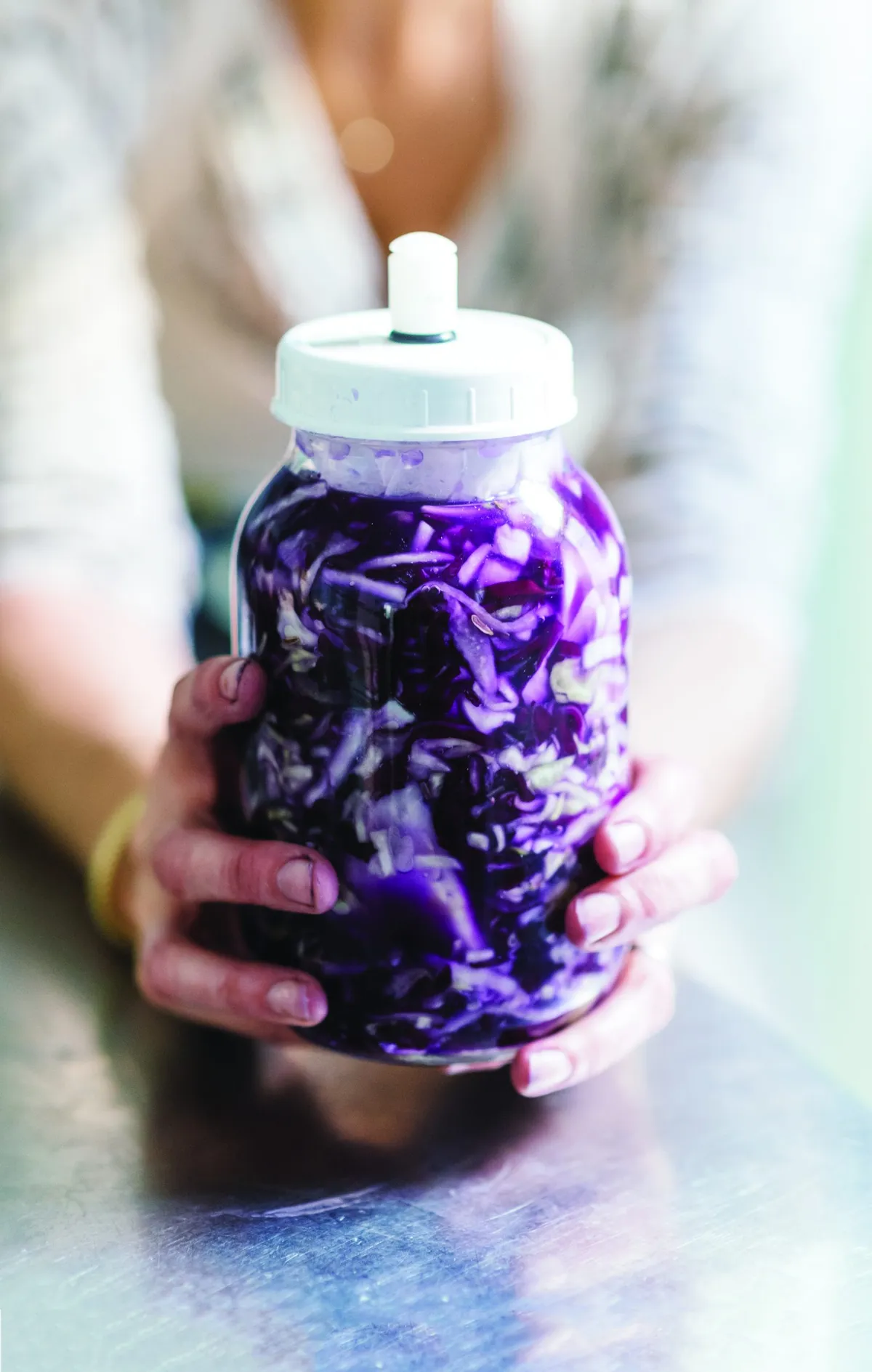
Make this tasty fennel, red and white cabbage sauerkraut to preserve your veggies for longer. Delicious as a side dish or added to sandwiches.
Piccalilli
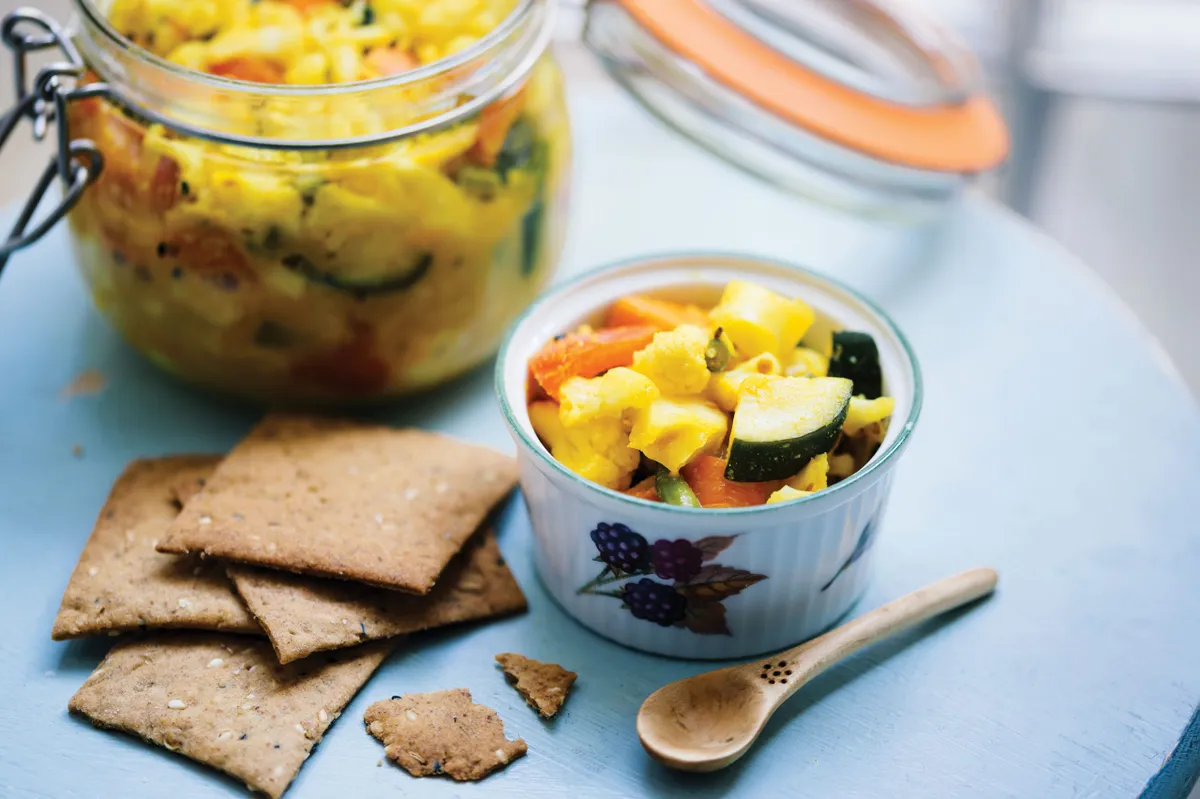
Make this delicious winter ferment to add to sandwiches and soup with our easy recipe for piccalilli.
Red pepper and chilli sauce

Make this spicy red pepper and chilli sauce to add a tasty kick to your dishes. A sprinkling of this will add some probiotic vigour to almost anything, as long as you don’t put it on steaming hot food, as heat will kill the beneficial microbes.
Fermented wild garlic
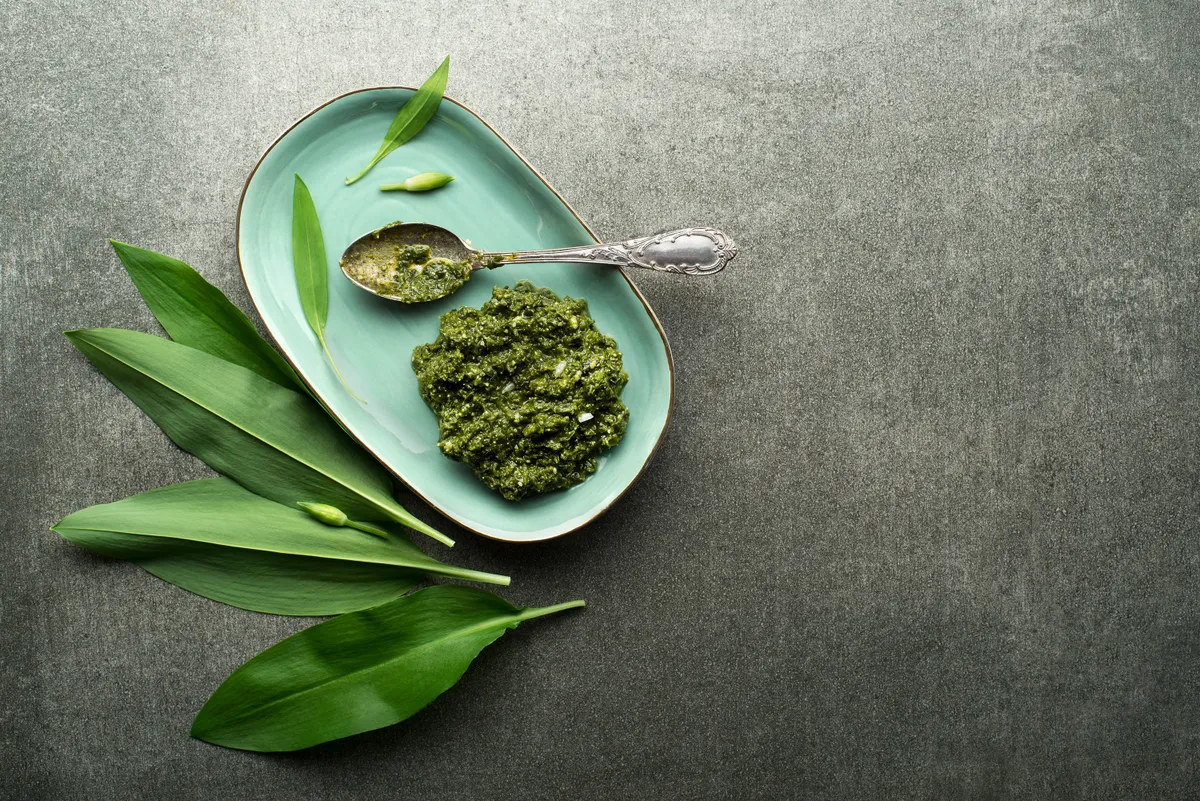
Make this easy fermented wild garlic to add to pasta, vegetable or meat dishes throughout the year.
Dr Caroline Gilmartin is a fermenting specialist with a background in microbiology. She sells her fermented products in stores near her Bristol home. See everygoodthing.co.uk
